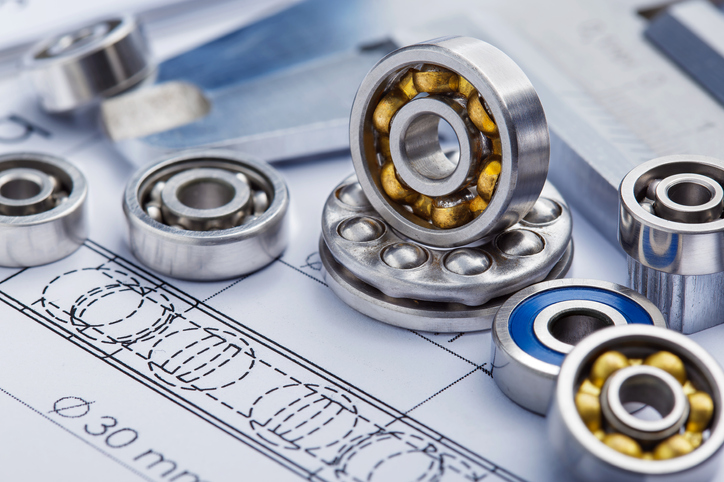Hardware design patents play a pivotal role in the tech industry, safeguarding the unique visual elements of a product. These patents not only offer protection against unauthorized replication but also bolster brand recognition and company value. Understanding their significance can greatly benefit hardware designers and businesses in maintaining a competitive edge.
Understanding Hardware Design Patents
Hardware design patents differ fundamentally from their better-known counterparts, utility patents. While utility patents protect the way an invention functions or is used, design patents focus on the visual, ornamental aspects of a product. Essentially, a design patent safeguards the unique appearance of a device or item rather than its utility. This distinction becomes particularly vital in industries where aesthetic appeal and differentiation can be as crucial as functionality.
For instance, in the world of consumer electronics, two devices might perform identically, but one may gain market traction because of its sleek, innovative design. A hardware design patent ensures that other competitors can’t simply replicate this design, giving the original designer exclusive rights to that specific look for a given period. As a result, these patents serve as powerful tools for companies to stand out, maintain their brand identity, and prevent others from benefiting from their design innovations.
Role and Importance of Hardware Design Patents
Hardware design patents hold a central position in the realm of technological advancement and innovation. By protecting the ornamental appearance of a piece of hardware, they ensure that innovators and companies can maintain a distinct presence in the market. This protection not only deters competitors from creating carbon copies but also offers the original designer a potential competitive edge, as their design becomes synonymous with their brand.
Moreover, hardware design patents add tangible value to a company’s assets. As part of a firm’s intellectual property portfolio, they can enhance the company’s valuation, making it more appealing to investors and partners. Additionally, with these patents in place, companies have the opportunity to license their designs, opening up alternative revenue streams while fostering a culture of innovation and design excellence.
Examples of Hardware Design Patents and Their Impact
One of the most iconic and illustrative examples of the significance of hardware design patents is the lengthy legal battle between Apple and Samsung. In this case, Apple accused Samsung of infringing on its design patents related to the iPhone, including its rectangular front face with rounded edges and the grid of colorful icons on a black screen. This case brought to the forefront the value and power of design elements, with Apple ultimately being awarded significant damages, reinforcing the notion that even subtle design elements can be of immense worth and are protectable.
In another instance, the shoe industry has witnessed multiple legal confrontations centered on design patents. For example, Crocs, the maker of the distinct foam clog shoes, has repeatedly defended its unique design against potential copycats. These cases exemplify how design patents can be leveraged as a shield against imitators, ensuring that companies reap the benefits of their innovative designs, regardless of the industry in which they operate.
Criticism and Limitations
Hardware design patents, despite their importance, are not without criticism. A major concern lies in their potential to stifle innovation. Some argue that by protecting specific design elements, these patents can hinder competitors from producing similar, yet improved designs. Furthermore, since design patents focus on ornamental aspects, the line between what is considered a genuine innovation and mere aesthetic change can sometimes be blurred, leading to potential over-protection.
Another limitation is the relatively short lifespan of design patents, usually around 15 years in the U.S., compared to the longer protection offered by utility patents. This shorter duration means that companies need to continually innovate and renew their designs to stay ahead. Additionally, the challenge of defining what is “novel” in design can lead to extensive legal battles, with companies incurring significant costs just to determine the validity of a patent, instead of investing that time and resources in further innovation.
Why Every Hardware Designer Should Consider a Design Patent
For hardware designers, securing a design patent can be a strategic move with multiple benefits. First, it provides a legal safeguard, ensuring their unique design remains exclusive and preventing competitors from creating identical products. This exclusivity not only offers a competitive advantage in the market but also enhances brand identity and recognition. Furthermore, holding a design patent opens up opportunities for licensing, allowing designers to monetize their innovations, thereby maximizing their revenue potential.
Let Us Help With Your Hardware Design Patent
In the ever-evolving landscape of technology and design, protecting your unique hardware designs is paramount. Design patents serve as a vital tool in this endeavor, ensuring your innovations remain distinctly yours. If you’re looking to secure your intellectual property or seek guidance on design patents, don’t hesitate to reach out to our experienced team at Bold Patents.

